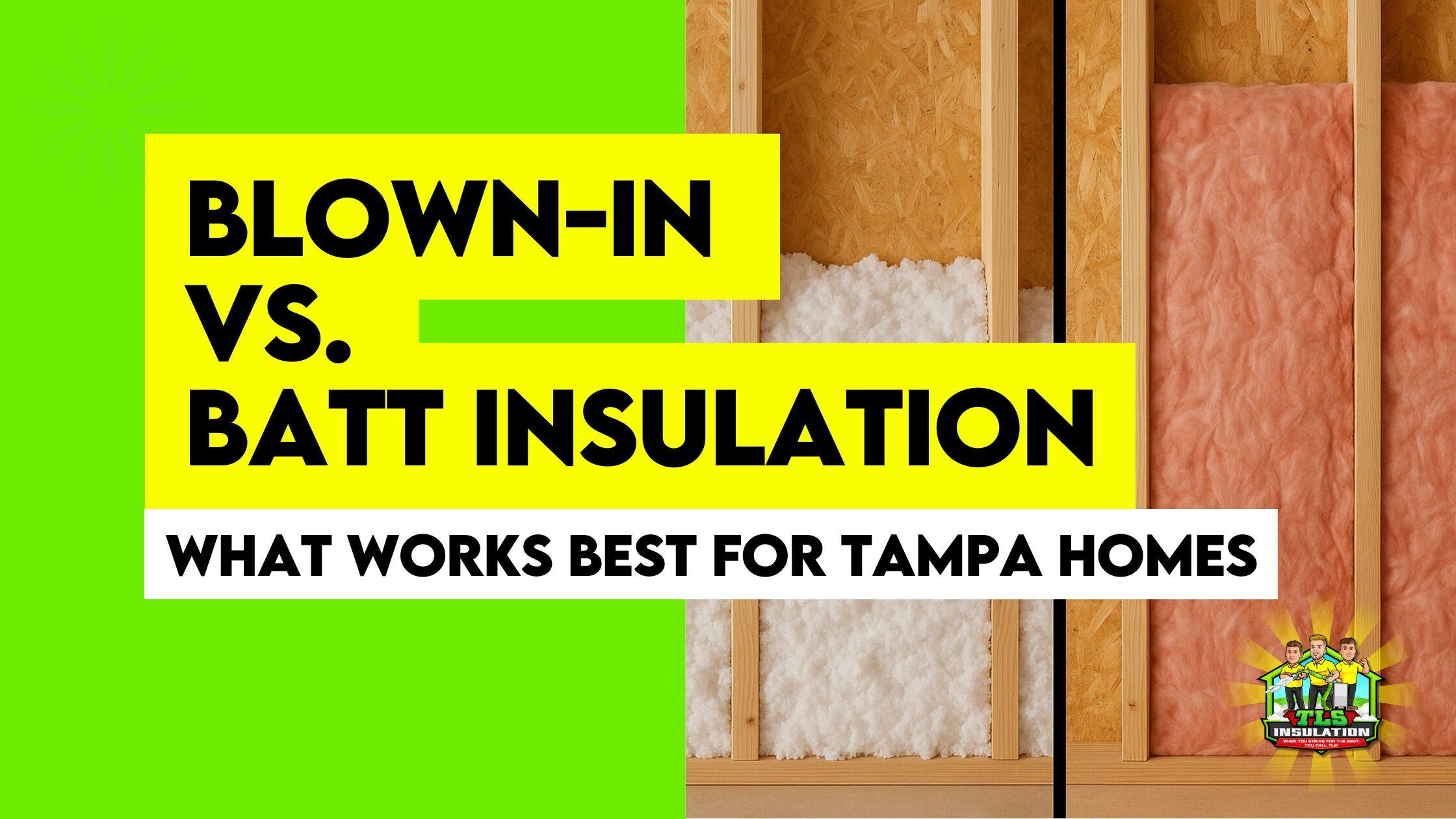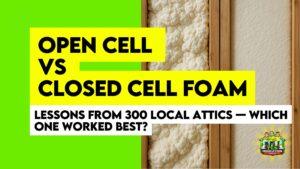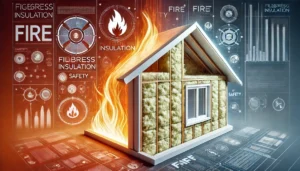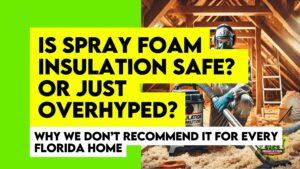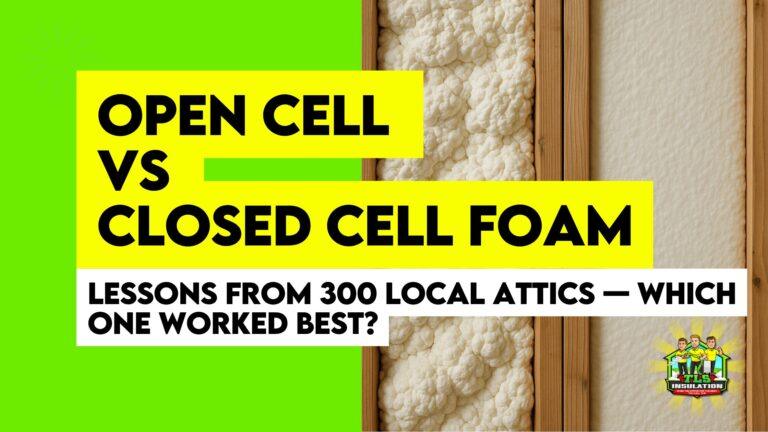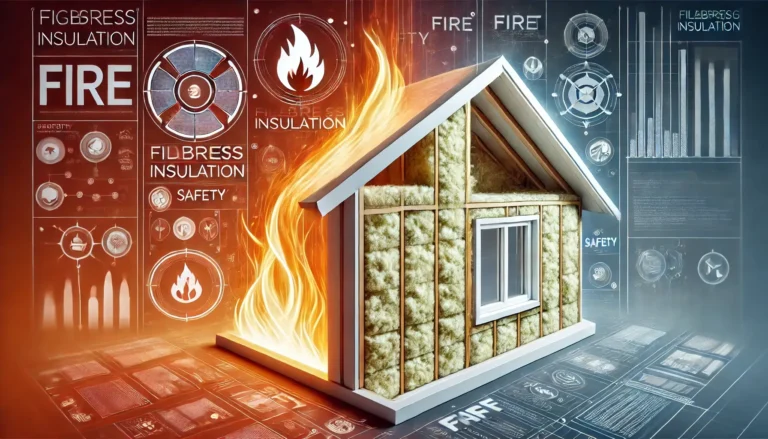Tampa homeowners are no strangers to sweltering summers, high humidity, and unpredictable storms. With temperatures soaring past 90°F during peak summer months and humidity levels often exceeding 70%, keeping indoor spaces cool without overworking the HVAC system is a constant battle.
One of the most effective ways to maintain indoor comfort and reduce energy costs is proper insulation—but which type works best for homes in Tampa?
Two of the most popular insulation options are blown-in insulation and batt insulation, each with its own advantages and best-use scenarios. In this guide, we’ll break down how these insulation types perform in Tampa’s climate, their key differences, and which one may be the best fit for your home.
Understanding Tampa’s Climate and Insulation Needs
Before comparing insulation types, it’s important to understand why insulation matters so much in Tampa.
Tampa’s Unique Climate Challenges:
- Hot Summers: Daily highs average around 91°F in July and August, with heat indexes often exceeding 100°F due to extreme humidity.
- High Humidity: Humidity levels rarely drop below 60% year-round, increasing the risk of moisture-related damage in homes.
- Heavy Rainfall & Storms: Tampa experiences frequent thunderstorms from June through September, and hurricane season brings the potential for severe weather and wind-driven rain infiltration.
- Mild Winters, But Temperature Fluctuations: While winters are generally mild, occasional cold fronts can cause significant temperature swings, making effective insulation essential for year-round comfort.
With these climate factors in mind, insulation must do more than just regulate temperature—it should also provide moisture resistance, air sealing, and energy efficiency. Now, let’s explore how blown-in and batt insulation compare.
What is Blown-In Insulation?
Blown-in insulation consists of small, loose fibers or particles that are blown into attics, walls, or other cavities using specialized equipment. The two most common materials for blown-in insulation are:
- Fiberglass Blown-In Insulation – Made from tiny glass fibers, this is lightweight, non-combustible, and resistant to mold growth.
- Cellulose Blown-In Insulation – Made from recycled paper products treated with fire retardants, it is denser than fiberglass and offers excellent thermal resistance.
Advantages of Blown-In Insulation for Tampa Homes
- Better Coverage & Air Sealing – Blown-in insulation fills tiny cracks, crevices, and gaps more effectively than batt insulation, reducing air leaks that can let in heat and moisture.
- Ideal for Attics – Since attics are one of the primary sources of heat gain in Tampa homes, blown-in insulation is an excellent choice for covering large attic spaces with minimal labor.
- Quick Installation – A professional crew can install blown-in insulation in a few hours, making it one of the fastest ways to improve energy efficiency.
- Good for Existing Homes – Because it can be installed without removing drywall, blown-in insulation is a practical choice for retrofit projects.
Potential Drawbacks
- Settling Over Time – Blown-in insulation can settle and lose some of its R-value over the years, requiring occasional top-ups.
- Less Effective in Open Spaces – It works best in enclosed cavities or attics; for exposed walls, batt insulation may be more effective.
What is Batt Insulation?
Batt insulation consists of pre-cut fiberglass or mineral wool panels that are installed in walls, ceilings, and floors. It’s commonly used in new construction or major renovations where walls are open and accessible.
Advantages of Batt Insulation for Tampa Homes
- Excellent Thermal Performance – When installed correctly, batt insulation provides consistent R-value coverage without settling issues.
- Good for Walls & New Construction – Since batts come in standard sizes, they’re ideal for fitting into stud walls, floor joists, and ceiling cavities in newly built or remodeled homes.
- Moisture & Fire Resistance – Fiberglass batts are naturally mold-resistant and non-combustible, making them a safe choice for humid climates like Tampa.
- Durable & Long-Lasting – Unlike blown-in insulation, batts do not settle over time, maintaining consistent thermal performance for decades.
Potential Drawbacks
- Air Gaps & Incomplete Coverage – If not installed properly, batts can leave small air pockets that reduce insulation effectiveness, making airtight installation crucial.
- Less Flexible for Retrofits – Installing batt insulation in existing walls requires removing drywall, making it less convenient for upgrades compared to blown-in insulation.
Comparison Table: Blown-In vs. Batt Insulation for Tampa Homes
| Feature | Blown-In Insulation | Batt Insulation |
| Best Use Case | Attics & enclosed spaces | Walls, ceilings, and floors |
| Air Sealing | Excellent (fills gaps easily) | Moderate (gaps if not installed properly) |
| Installation Time | Fast (few hours) | Longer (requires precise fitting) |
| Moisture Resistance | Moderate (depends on material) | High (fiberglass is mold-resistant) |
| Settling Over Time | Yes, may need top-up | No, maintains R-value consistently |
| Retrofit Friendly? | Yes, easy to install in existing spaces | No, requires drywall removal |
| Cost | Moderate | Moderate to high (depends on labor) |
Which Insulation Type is Best for Tampa Homes?
The best choice depends on your home’s structure, insulation needs, and budget.
- Choose Blown-In Insulation If:
- You need quick installation in an attic or existing wall cavities.
- You want better air sealing to minimize Tampa’s heat and humidity infiltration.
- You’re upgrading insulation in an older home without removing drywall.
- You need quick installation in an attic or existing wall cavities.
- Choose Batt Insulation If:
- You’re building a new home or undergoing major renovations.
- You need long-lasting insulation that won’t settle over time.
- Your priority is wall and ceiling insulation rather than attic coverage.
- You’re building a new home or undergoing major renovations.
Many Tampa homeowners choose a hybrid approach—using blown-in insulation for attics and batt insulation for walls and ceilings to achieve optimal energy efficiency.
Final Thoughts
In Tampa’s challenging climate, investing in high-quality insulation is crucial for maintaining indoor comfort, preventing moisture damage, and reducing energy costs. Whether you choose blown-in insulation for its flexibility and air-sealing properties or batt insulation for its durability and structured coverage, the key is to ensure proper installation and the right R-value for Tampa’s extreme weather conditions.
If you’re unsure which insulation type is right for your home, consulting a local insulation expert can help you determine the best solution tailored to your home’s structure and energy needs. A well-insulated home means lower utility bills, better air quality, and year-round comfort—no matter how intense Tampa’s weather gets!


